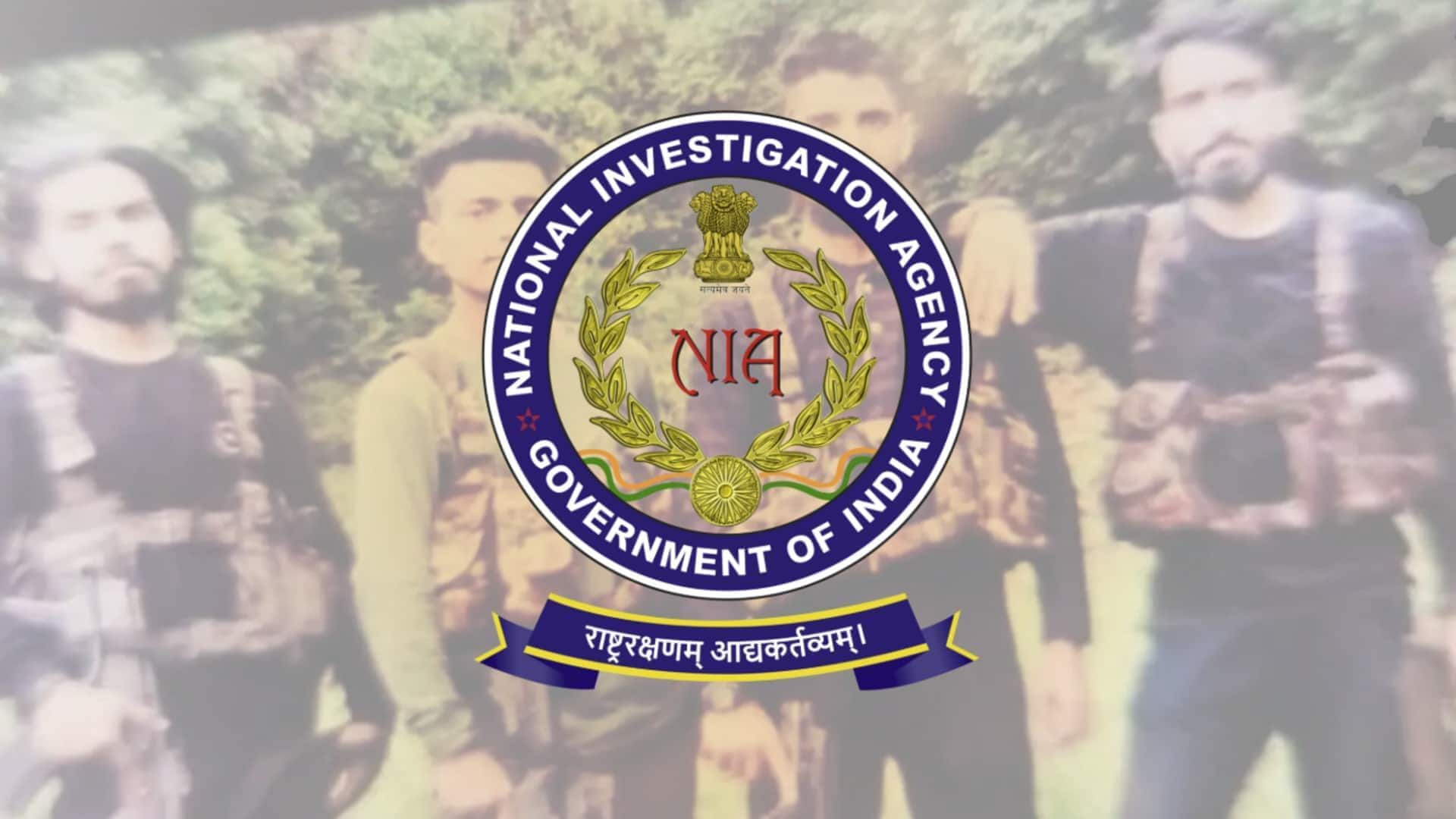
Pakistan, Malaysia, Gulf countries funded Lashkar proxy TRF, NIA finds
What's the story
The National Investigation Agency (NIA) has uncovered a foreign funding trail for The Resistance Front (TRF), a proxy of the Pakistan-based Lashkar-e-Taiba terror group. According to NDTV, the NIA analyzed up to 463 phone calls linked to anti-India groups and extremist followers, which helped expose the funding network of the TRF. They found clues that the TRF's money came from Pakistan, Malaysia, and Gulf countries, which helped them spread terrorism across the subcontinent.
Funding details
NIA's findings bolster case against Pakistan in international forums
NIA officials discovered that over ₹9 lakh was sent to TRF suspects in Kashmir via Yasir Hayat, a Malaysia-based conduit. The NIA's investigation also established a link between TRF and Sajid Mir, a wanted terrorist of Lashkar-e-Taiba. According to the agency, to avoid detection, the funding chain used encrypted chats, mobile data, and social media channels. This information was obtained during raids in Srinagar and Handwara in Jammu and Kashmir last month.
Links
NIA took over case from J&K Police
The probe has also linked TRF's funding network to Sajid Mir, Pakistan's most wanted terrorist. Mir is a Lashkar leader who is accused of planning several international terror operations, including the 2008 Mumbai attacks. During the raids, officials seized documents, bank records, and communication data related to terror financing, India Today reported. The case was first registered by the Jammu and Kashmir Police but was taken over by the NIA in May 2025 following the Pahalgam incident.
International implications
Evidence against TRF linked to Sajid Mir
The NIA's findings could help India build a strong case before the Financial Action Task Force (FATF) against Pakistan for its role in terror funding. India has been pushing for Pakistan to be placed back on the FATF's gray list over its failure to comply with anti-money laundering and terror financing rules. Pakistan was earlier on this list from June 2018 until September 2022 when it was removed after completing an action plan suggested by FATF.